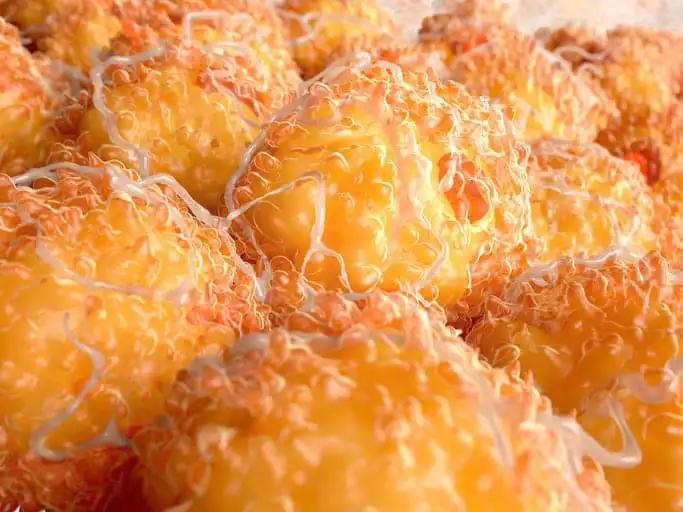KEY TAKEAWAYS
- The study evaluated the LSRs following exposure to tirbanibulin according to FST.
- This post-hoc analysis is based on the data collected from two identical Phase III, randomized, double-blinded, vehicle-controlled studies.
- The analysis confirmed tirbanibulin as a good alternative to current AK treatments with significant efficacy and tolerability profiles.
In this randomized multi-center study, eligible patients (pts) with 4-8 actinic keratosis (AKs) in a 25cm2 area were divided into two groups and given tirbanibulin and vehicle (5-day once-daily self-application), respectively. During each visit, the investigators scored the local skin reactions (LSRs) (crusting, erosion, erythema, flaking/scaling, swelling, vesiculation/pustulation) on a scale of 0-3 (absent-severe) and calculated a composite score ranging from 0-18. The Fitzpatrick skin type (FST) assessed each LSR and the LSR composite score at their mean maximum value on days 5 and 8.
Of the 702 patients involved in the study, 353 were administered tirbanibulin, while 349 were assigned to vehicles. The patients who received tirbanibulin were classified as FST I (13.9%), FST II (56.7%), FST III (24.9%), FST IV (4.2%), and FST VI (0.3%). On day 5, the mean LSR composite score (95% confidence interval [CI]) for FST I was 3.3 (2.7-3.8), for FST II was 3.0 (2.8-3.3), for FST III was 2.6 (2.3-3.0), and for FST IV was 2.6 (1.9-3.3). Regrettably, there were inadequate FST VI samples to include in the analysis.
The data gathered showed that the mean LSR composite score at day 8 was 4.4 (3.8-5.0) for FST I, 4.2 (3.9-4.6) for FST II, 3.9 (3.4-4.4) for FST III, and 3.4 (2.4-4.4) for FST IV. However, there was not enough FST VI sample to include in the analysis. The LSR composite score and each LSR were similar among the different FSTs on day 5 and day 8, as indicated by the overlapping 95%CI.
The analysis confirmed that FST has no noticeable influence on the severity of LSR in patients treated with tirbanibulin. This holds even for those with more light-sensitive skin types I-II who may have experienced worse tolerability issues with other AK topical treatments. These findings further solidify tirbanibulin’s status as a highly effective and well-tolerated alternative to currently available AK treatments.
Source: https://eado2023.com/wp-content/uploads/2023/04/Abstract-Band_EADO2023_Stand-21-04-2023-kl.pdf
Clinical Trial: https://classic.clinicaltrials.gov/ct2/show/NCT03285477
https://classic.clinicaltrials.gov/ct2/show/NCT03285490
Dr Ingrid H. Wolf1, Laura Padullés2, Francisco Hernández3 1 Medical Univeristy Graz, Graz, Austria / 2 Almirall, Barcelona, Spain / 3 Almirall, Sant Feliu de Llobregat, Spain



